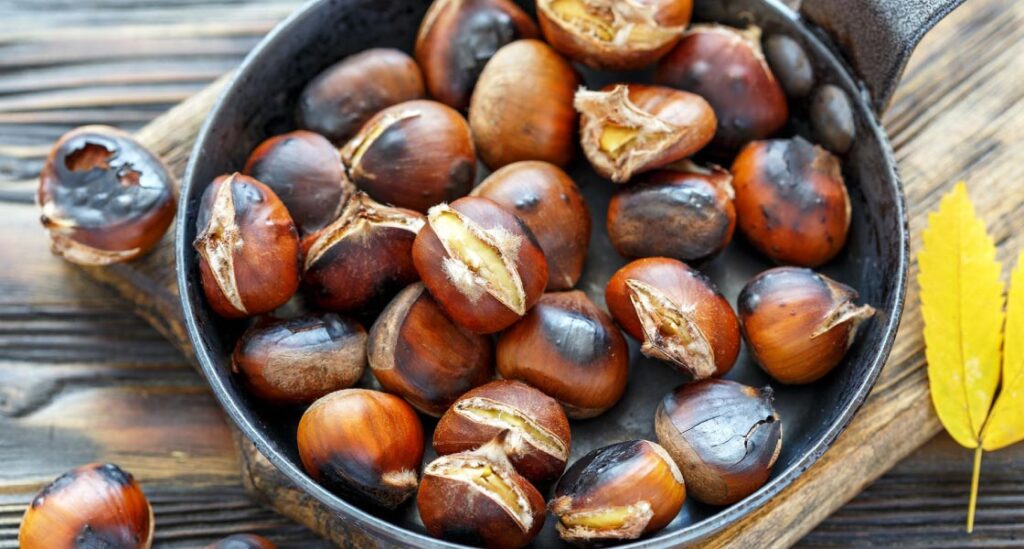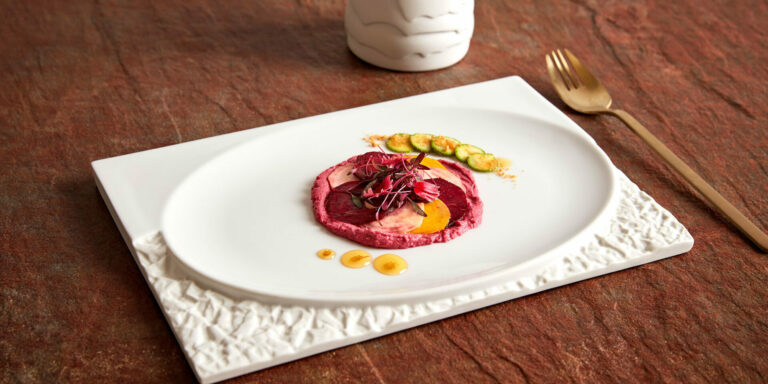
Menu

Chestnuts are typical autumn fruits. They are also the basis of gastronomic delicacies appreciated worldwide. A few days of Saint Martin’s celebration, we let you know its origin, as well as the multiple culinary uses.
At Costa Verde, as exquisite porcelain producers, we are interested about platting and mise en place. But we also pay attention on how the food is made and to its nutritional value.
Chestnut is a fruit, which had its origin across various geographies, like Asia and the South-eastern Europe. By being of extreme caloric wealth, the Greeks and Romans already used to preserve it. It was, then, a usual presence across the most exquisite events and meals.
In the Middle Age, the Clergy included this fruit in their diet, which sometimes he grinded and treated like flour. Also, during Renaissance, in Europe in particular, the chestnut played an important role, by having finally arrived to Portugal.
Because autumn is a synonym for fresh weather, small days and the first rains, we remember that gastronomy also follows climate change. Therefore, in this article, we look at a typically autumnal snack: roasted chestnuts.
How to prepare roasted chestnuts?
The chestnut is much requested gastronomically, by being known its use in roasts in the oven and in soups. Once reduced to flour, it can also be used in pies and in countless other recipes.
There are plenty possibilities. Still, because it is autumn, we suggest you to prepare it, in the most primitive, natural and probably tasty way. That is, simply roasted over fire or flame.
Learn about the 7 steps, in order to prepare and taste delicious roasted nuts:
- Begin by cutting the nuts crosswise. The cut should be only 3 millimetres deep;
- Dampen them and season them with coarse salt;
- Use a punched container and place them directly over the fire;
- Let the flames work and make magic happen;
- During the roasting process, the inner and outer skins of the nuts separate from the pulp. At that time, remove them from the fire and peel them with your hand;
- Arrange them on a porcelain casserole, pan or dish. In the Duo Collection of Costa Verde, you find the best solution, in order to surprise your friends when it comes to serving chestnuts;
- Delight yourself by accompanying them with a liqueur wine, preferably fresh, in order to contrast with the high temperature of the chestnuts!
Subscribe our blog!




